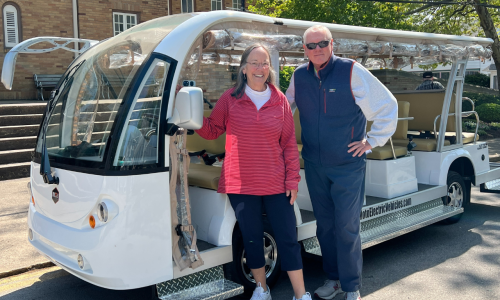Staff Blogger: Loretta Wilken, Lakeside Chautauqua Master Gardener/Groundskeeper
I’m kind of a lazy fall gardener. I’ve worked pretty hard during the summer keeping my beds relatively weed free and sufficiently tamed. My spring work schedule allows me to wait and get into my garden beds at home around middle and late spring to deadhead and clean up. But I realize that so many Lakesiders are snowbirds and may not get back to their gardens until late May or June. For those folks, clean up your gardens when time permits, making sure that you bag or burn any plant material that is diseased.
For all others, consider this message your permission to leave the garden clean up of your perennial beds until next spring. This practice offers many important benefits for local insects and animals.

Leaf litter, twigs and dried stems are winter habitat for many beneficial pollinators such as bees, butterflies and ladybugs. For birds, consider leaving seed heads on perennials such as coneflowers, Black- eyed Susan and asters and avoid trimming any berry producing shrubs. Leaf litter will offer foraging areas for ground feeding birds and act as shelter for frogs and other critters. As a good rule of thumb, in the spring wait until the daytime temps stay consistently above 50 degrees for at least seven days in a row before garden clean-up. This allows animals and insects that have hibernated a chance to awaken and move on to their next life cycle.
Grass stems and plumes add winter architectural interest to your landscape. They hold snow and ice and act as canvasses for ice patterns. If these must be cut down early next year, loosely toss the stems into the mulch pile or woods. This allows the insects or cocoons to develop further.
Intact stems and leaves on perennials allow the plants to gather snow and insulate plants and add moisture to the soil when the snow melts.
So take a guilt-free break from your fall garden chores and discover new animal visitors and visual winter delights in your own backyard.




